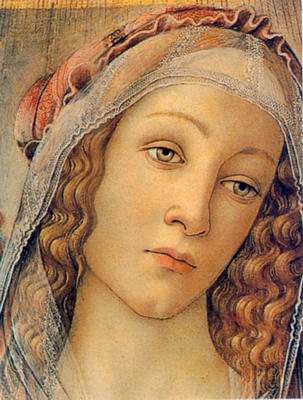 What is portrait painting? This can be explained as follows: This kind of painting typically depicts a person's face, from there, the word "portrait" originates. Furthermore, there are many portraits, old and new ones, on which you can see the portraitee's whole body. A portrait is painted with the intention to show all characteristics and features. The painter tries to emphasize these details in a portrait. Upon the portraitee's request, little blemishes and other visible details can be omitted once in a while. They are simply kept "secret" as painters would call it.
What is portrait painting? This can be explained as follows: This kind of painting typically depicts a person's face, from there, the word "portrait" originates. Furthermore, there are many portraits, old and new ones, on which you can see the portraitee's whole body. A portrait is painted with the intention to show all characteristics and features. The painter tries to emphasize these details in a portrait. Upon the portraitee's request, little blemishes and other visible details can be omitted once in a while. They are simply kept "secret" as painters would call it. Already in ancient times (four thousand years BC) high standing personalities had themselves preserved for posterity. Portrait painting originated in ancient Egypt, as many pictures in the pyramids of deceased show, but only in Greece this genre came to perfection.
Already in ancient times (four thousand years BC) high standing personalities had themselves preserved for posterity. Portrait painting originated in ancient Egypt, as many pictures in the pyramids of deceased show, but only in Greece this genre came to perfection.However, portrait painting was pushed into the background for a long time (until Renaissance) in favor of sculpture.
 The main period of portrait painting only began with the Italian painting of high Renaissance, e. g. by artists like Leonardo da Vinci, Michelangelo, Raffael and Tizian.
The main period of portrait painting only began with the Italian painting of high Renaissance, e. g. by artists like Leonardo da Vinci, Michelangelo, Raffael and Tizian. In the following centuries, portrait painting blossomed totally. For example, in the 17th century, Peter Paul Rubens was a contract painter in great demand. The ones who could afford it had themselves preserved for posterity by this painter of Baroque, who was already those days well known.
In the following centuries, portrait painting blossomed totally. For example, in the 17th century, Peter Paul Rubens was a contract painter in great demand. The ones who could afford it had themselves preserved for posterity by this painter of Baroque, who was already those days well known. Today, only a few people can afford an original painting made by an artist's hand. And an original Rubens painting is even more utopia.
Today, only a few people can afford an original painting made by an artist's hand. And an original Rubens painting is even more utopia.
No comments:
Post a Comment